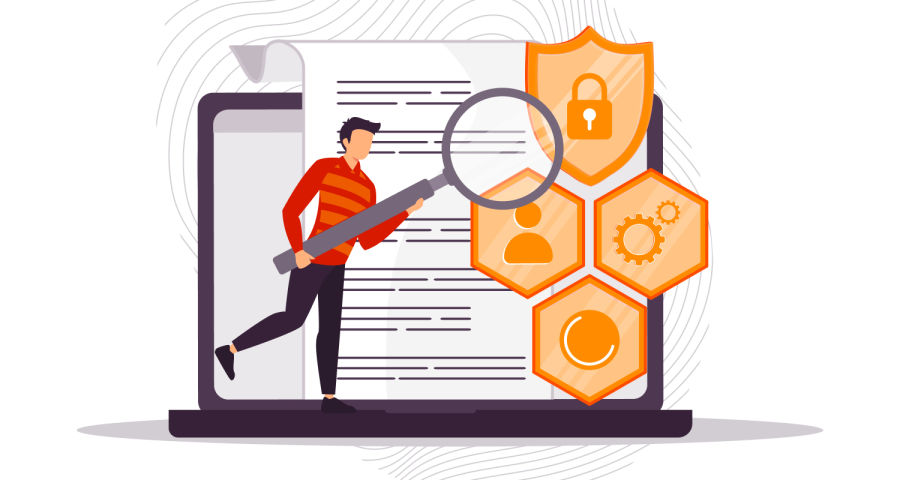//
Oct 3, 2024
6 Reasons Why You Need to Run a Social Analysis
When every post and like matters, businesses must navigate the intricate world of social media with precision.
Understanding the impact of social interactions on your brand and leveraging them for growth is crucial. This is where social analysis steps into the limelight, becoming the compass that guides businesses through social media marketing.
In this blog post, we look into the depths of social analysis. No matter your background, this journey into social analysis is built to empower you to harness the true potential of your brand on social media.
Why Social Analysis Matters

has evolved beyond a mere platform for sharing cat videos and vacation photos.
Today, it stands as a sophisticated arena where brands and consumers engage in an ongoing conversation.
Social analysis is the compass that guides businesses through the wealth of social media data. It's not just about counting likes or monitoring comments; it's about deciphering the unfolding around your brand.
Here are six ways that social media performance analysis supports marketing departments and business outcomes.
1. Customer Insights and Personalization
Social analysis is the gateway to understanding your customers on a deeper level. It goes beyond demographics, unraveling the motivations, aspirations, and pain points of your audience.
By peering into the social conversations surrounding your brand, you gain unparalleled insights into what makes your customers tick.
This knowledge becomes the cornerstone for crafting personalized experiences, meeting the expectations of an audience that demands more than a one-size-fits-all approach.
2. Market Trends and Industry Dynamics
The digital ecosystem is a vibrant ecosystem where trends emerge and fade at the speed of a . Social analysis acts as your radar, detecting the ripples of change in real-time.
By monitoring conversations not only around your brand but within your industry, you gain a competitive advantage.
Unveiling emerging trends and understanding the ever-shifting dynamics of your market allows your business to adapt swiftly, ensuring you're always one step ahead of the curve.
3. Brand Reputation Management
In the age of instant information dissemination, brand reputation is as fragile as it is crucial. Social analysis acts as a sentinel, alerting you to any shifts in sentiment surrounding your brand.
Whether it's a wave of praise or a storm of criticism, being aware in real-time allows for swift and strategic responses.
Proactive brand reputation management not only safeguards your image but also presents opportunities to turn negative sentiments into positive narratives.
4. Competitor Benchmarking
Keeping tabs on your competitors is not just advisable; it's imperative.
Social analysis provides the lenses through which you can dissect your competitors' strategies. By understanding what works for them and, perhaps more importantly, what doesn't, you can position your brand strategically.
It's not about mimicking; it's about learning and adapting, ensuring your brand has a unique proposition in a crowded digital space.
5. Return on Investment (ROI)
Every marketing endeavor requires an investment, and social media marketing is no exception.
Social analysis is the tool that brings clarity to the often elusive concept of ROI. By tracking the performance of your social campaigns, you can decipher which strategies are yielding tangible results and which might need refinement.
This approach ensures that your social media investments align with your overarching business goals.
6. Strategic Decision-Making
Social analysis isn't just for marketers; it's for the leaders steering the ship.
The insights derived from social analysis empower decision-makers with a data-backed understanding of market sentiments, consumer preferences, and industry shifts.
When gut feelings are complemented by hard data, strategic decisions become not just informed but visionary.
Leveraging Social Analysis for Business Growth
Armed with the insights gained through social analysis, the next step is translating them into tangible business growth. Tailoring your marketing strategies based on analysis findings is where the real magic happens.
At Watermark, we believe in crafting strategies that not only resonate with your audience but also align with your business objectives. Let's explore how this translates into success stories.
Consider a scenario where social analysis reveals a spike in positive sentiment during a specific campaign. Leveraging this information, we can amplify the campaign's reach, harnessing the positive energy to drive brand loyalty and customer engagement.
Similarly, if competitor analysis uncovers a gap in their strategy, we can to fill that void, gaining a competitive edge.
How Watermark Agency Can Help
Strategic Social Media Planning: Craft targeted strategies aligned with your business objectives. From setting measurable goals to choosing the right tools, we guide you through every step of the social analysis journey.
Data-Driven Decision Making: Leverage the power of data synthesis. Our expertise in integrating insights from social media monitoring, competitor analysis, and audience research ensures that your decisions are informed by a comprehensive understanding of your social landscape.
Competitive Edge through Expert Analysis: Stay ahead in the digital race with our in-depth competitor analysis. Identify opportunities, capitalize on trends, and position your brand strategically to outshine the competition.
Embark on a journey to transform your social media presence with Watermark. Let's not just analyze; let's strategize, innovate, and elevate your brand to new heights.
Ready to revolutionize your social game? today and let's make waves together!







